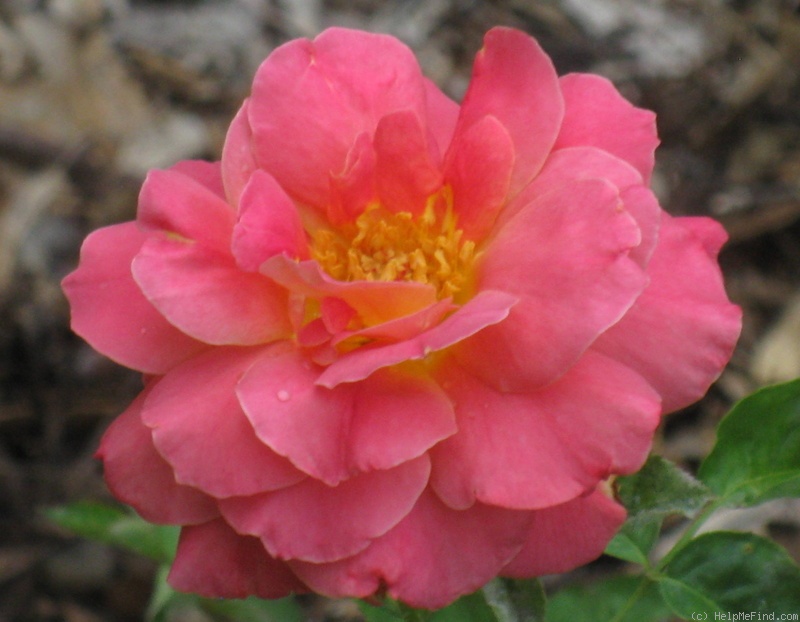|
|
'Condesa de Sástago' rose Description

Photo courtesy of vossner
HMF Ratings:
49 favorite votes.
Average rating:
EXCELLENT-.
ARS:
Pink blend Hybrid Tea.
Registration name: Condesa de Sástago (hybrid tea, Dot 1930)
Bloom:
Orange-red, golden-yellow shading, golden-yellow reverse, ages to pink . Iris fragrance. Moderate, raspberry, spice, violets fragrance. 50 to 55 petals. Very large, very full (41+ petals), in small clusters, cupped bloom form. Blooms in flushes throughout the season. Ovoid buds.
Habit:
Tall, bushy, upright. Large, glossy, light green, dense foliage.
Height: 4' to 6'7" (120 to 200cm). Width: up to 3' (up to 90cm).
Growing:
USDA zone 6a through 10b. Can be used for cut flower or garden. Vigorous. Spring Pruning: Remove old canes and dead or diseased wood and cut back canes that cross. In warmer climates, cut back the remaining canes by about one-third. In colder areas, you'll probably find you'll have to prune a little more than that. Requires spring freeze protection (see glossary - Spring freeze protection) .
Patents:
Patent status unknown (to HelpMeFind).
Notes:
Condesa de Sástago was one of the first bicolored roses. A deep coral pink on the inside of the petals and golden yellow on the reverse.
The Counts of Sástago was created ca. 1480 by Ferdinand V, King of Aragon. Pedro Dot's contemporary was Luís Bertrán Escrivà de Romani y Sentmenat (December 4, 1888 Barcelona - September 9, 1977 Madrid), 16th Count of Sástago, He married on January 10, 1913 Maria Josefa de Patiño Fernández-Durán (November 30, 1889 San Madrid - November 23, 1975 Madrid), a Dame of Queen Victoria Eugenia of Spain
|